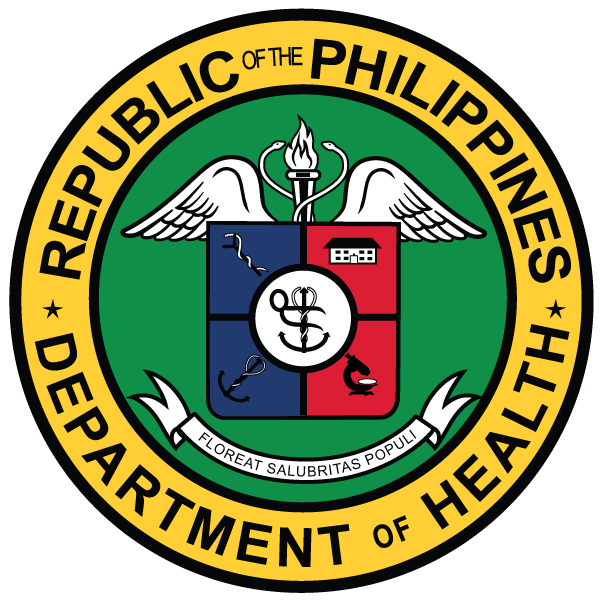
Zika Virus (ZIKV) disease is a flaviviral disease caused by ZIKV. Aedesmosquitoes, A. aegypti and A. albopicus, serve as the primary vectors for transmission, although other competent mosquito vectors may exist. ZIKV is related to otherFlaviviridae, including West Nile, yellow fever, and dengue viruses. In humans, most infections by ZIKV are asymptomatic. Evidence suggests a possible association of the virus with the development of Guillain-Barré syndrome (GBS) in some patients. In addition, a significant increase in the number of babies born with microcephaly coincided with ZIKV circulation in Brazil. Although still under investigation, there is increasing clinical and epidemiological evidence of a causal relationship between ZIKV infection and the development of fetal malformations and neurological disorders.
ZIKV is primarily transmitted indirectly between humans through a bite of infected mosquitoes namely mosquitoes of the species Aedes. The risk of direct zoonotic transmission is low. Direct transmission between humans has been observed, including blood-associated, sexual, and vertical transmission, and blood, urine and semen are considered possible sources of infection.
On 1 February, 2016, the World Health Organization (WHO) declared a Public Health Emergency of International Concern, due to the clusters of cases of microcephaly and other neurological disorders reported in some areas affected by ZIKV. For the latest updates on countries affected by ZIKV, please visit the WHO’s website. For the latest map of confirmed cases in the Americas, please visit the Pan American Health Organization’s website. Please refer to the Government of Canada website for Zika-related public health and travel health notices.
The Zika is classified as an RISK GROUP 2 human pathogen based on the moderate individual risk and low community risk. Primary lab hazards include contact with infected specimen (e.g. blood, urine, semen) and work with the arthropod vector. Pregnant women and women planning to become pregnant should take extra precautions to mitigate risks to the fetus.
Work with ZIKV must be done in a BSL2 facility for all in vitro and in vivo activities, with the exception of work with ZIKV involving arthropod vectors that are indigenous to Canada, which must be performed at BSL3.
The PHAC will continue to monitor the situation and will update this advisory based on new information, if appropriate. Laboratories should refer to the Canadian Biosafety Standard (CBS), 2nd Edition, 2015 for a complete listing of biosafety requirements.
The following table summarizes the physical containment and operational practice requirements for facilities working with ZIKV.
|
Sample Type and Activity |
Minimum Containment Level Required |
|
|---|---|---|
|
BSL2 |
BSL3 |
|
| Non-Propagative Clinical/Diagnostic Activities Examples of these activities include, but are not limited to:
|
■ |
|
| Propagative in vitro Activities Examples of these activities include, but are not limited to:
|
■ |
|
| In vivo Work Examples of these activities include, but are not limited to:
|
■ |
|
| In vivo Work with Indigenous Arthropod Vectors Examples of these activities include, but are not limited to:
|
■ |
|
*Work in small animal containment zones (SA zones) must meet the requirements in the BSL2 column of the CBS and work in large animal containment zones (LA zones) must meet the requirements in the BSL2-Ag column of the CBS.
Additional Biosafety Requirements
Facilities conducting experiments on mosquitoes that are endemic to Canada to study the transmission of ZIKV are required to meet the physical containment and operational practice requirements for a BSL3 zone, as specified in Chapters 3, 4, and 5 of the CBS.
Additional Biosafety Considerations
Many of the requirements in the CBS are risk- and performance-based and, as such, are dependent on the local risk assessment (LRA) performed. Based on the risks associated with work involving ZIKV, the following items are being highlighted to assist with the development of LRAs and standard operating procedures.

- Due to the risk to the fetus, pregnant women, or women trying to become pregnant, as well as the sexual partners of these women, should take extra precautions to protect against possible exposures when working in a laboratory where ZIKV is propagated or handled, or avoid working in this laboratory setting, if possible.
Source: http://www.phac-aspc.gc.ca/lab-bio/res/advi-avis/zika-eng.php#t1note











